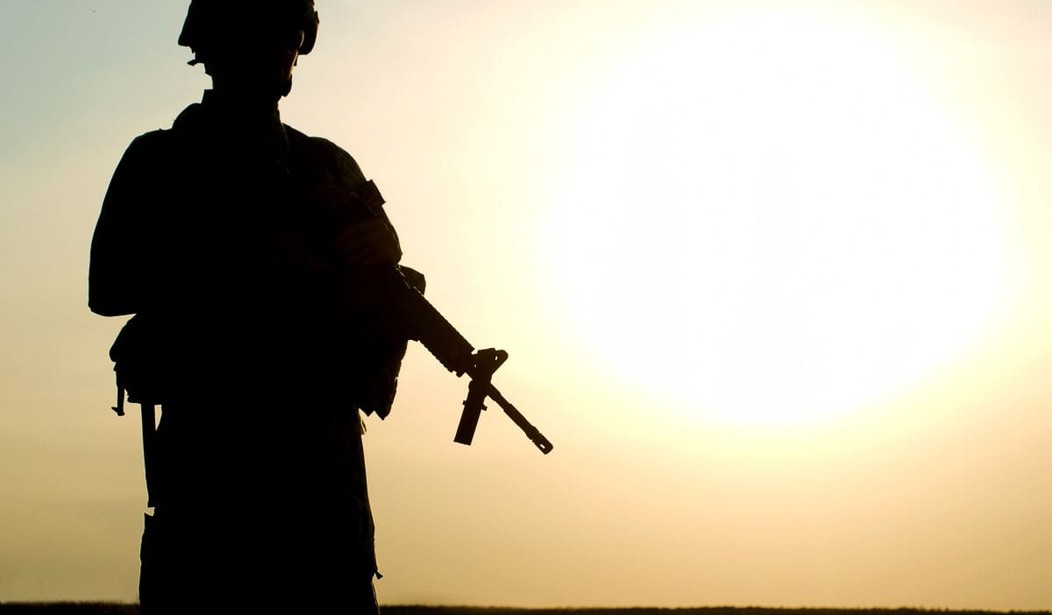While our attention has been diverted by terrorist attacks and the security of the homeland, the war in Afghanistan has taken a decided turn for the worse.
According to the deputy governor of Helmand Province, the Taliban are on the verge of scoring a major victory by taking over the entire region — a center of opium production and a major population center.
Helmand is considered the Taliban’s home province and it was all that British and American troops could do to keep the Taliban in check. But NATO combat operations against the Taliban ended last year, and the Afghan security forces have proven unable to cope with the threat.
Mohammad Jan Rasulyar said unless President Ashraf Ghani took urgent action, the province, a center of opium production and a Taliban heartland that British and American troops struggled to control for years, would be lost.
“Your Excellency, Helmand is standing on the brink and there is a serious need for you to come,” he wrote on Facebook.
The highly unusual public plea from a serving official painted a picture strikingly similar to the situation that led up to the fall of the northern city of Kunduz in late September, when Taliban fighters seized and held on to for several days before government troops regained control.
If Helmand were to fall, it would deliver a blow to government claims that Afghan security forces, fighting largely alone since international troops ended combat operations last year, are controlling the insurgency, in spite of setbacks such as the fall of Kunduz.
Army spokesman Mohammad Rasool Zazai said he had no comment on the post, but said Helmand would never collapse, while police chief Abul Rahman Sarjang said: “We have strong forces in Helmand. In some places, we leave areas for tactical reasons, but all forces are working together well and very soon we will have major achievements to report.”
Ghani’s government, backed by billions of dollars in international aid and training assistance from thousands of NATO troops still stationed in Afghanistan, is pushing to re-open talks with the Taliban
Over the past six months, Helmand has been the scene of battles between insurgents and security forces that have complained of being abandoned by the U.S.-backed government.
“We don’t provide food and ammunition to our forces on time, do not evacuate our wounded and martyred soldiers from the battle field, and foreign forces only watch the situation from their bases and don’t provide support,” Rasulyar wrote.
Since Thursday, there had been 90 casualties near Gereshk, a junction on Highway 1 near the provincial capital Lashkar Gah, and in Sangin district to the north, a level of losses which was “an everyday issue”, Rasulyar added.
He said Sangin was “on the verge of collapse” with 44 casualties overnight.
We have been trying to train the police and army in Afghanistan for the better part of a decade and this is what we have to show for those efforts:
With army and police units badly weakened by desertions and lack of supplies, the Taliban has seized the districts of Musa Qalah and Now Zad in the north of the province and has threatened Lashkar Gah.
Government forces said they had recaptured the district of Khanishin on Friday, but by Sunday, the Taliban said it had won back the center.
Underlining the gravity of the situation, U.S. Special Forces have been reported to have taken part in fighting in Helmand in recent weeks. NATO headquarters in Kabul has not confirmed the reports.
A Pentagon report to Congress last week highlighted major shortcomings with Afghan security forces, despite billions of dollars of foreign aid and training.
Corruption, incompetence, low morale, and a lack of faith in the central government have decimated the Afghan army, which is reeling everywhere the Taliban wants to advance. This map from Bill Roggio’s Long War Journal published in the New York Times shows the extent of the Taliban’s gains. (Taliban-controlled areas are in red, while disputed regions are in tan):
Roggio says that, although the map shows the Taliban directly controlling about 25% of the country, in actuality, they dominate about half of Afghanistan.
Afghanistan is not a failed state. For that to happen, it would have had to exist as a state in the first place. It is now, as it has been for hundreds of years, a region dominated by warlords whose shifting allegiances make any kind of national government impossible. Most of the warlords would prefer not to see the Taliban regain power, but are unable to unite to defeat them because of a distrust of other tribes and clans, not to mention a contempt for the U.S.-backed government in Kabul.
We’ve been urging the Afghan government to negotiate a peaceful settlement with the Taliban, but that would be only delaying the inevitable.
Sooner or later, the Taliban is going to be back in power.











Join the conversation as a VIP Member